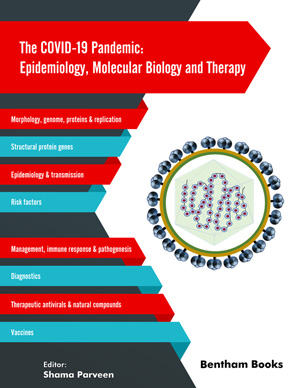Abstract
Coronavirus Disease 2019 (COVID-19) has spread rapidly across the world, leading to a pandemic. The diagnostic methods for COVID-19 are still in the evolutionary phase since scientists are continuously trying to implement the latest technologies to achieve this objective. The infection is difficult to diagnose in the early stage as patients can stay asymptomatic from 2 to 14 days or more. A rapid, sensitive, and specific reverse transcription real-time PCR (rRT-PCR) detects viral RNA and is used to detect early infections to prevent disease spread. Although the gold standard in diagnosis, this method cannot be implemented in remote areas because of the requirements of expensive setup and trained staff. Therefore, a relatively economical method known as loop-mediated isothermal amplification (LAMP), which also detects viral RNA, is designed for use at point-of-care and remote settings. The non-nucleic acid based rapid antigen detection method detects viral antigen on nasal/pharyngeal specimen and implies current viral infection. The serological diagnostic methods detect early serological markers (IgM/IgG) in the serum of patients after a week of infection. Antigen detection and serological diagnostic methods are rapid, specific, and sensitive, with the potential to screen a large number of people during a pandemic. Thus, the genome and antigen-based diagnostic assay can detect the virus in the early stages of infection, while serological methods can be used to diagnose infections at later stages. The combination of nucleic acid and non-nucleic acid laboratory detection methods can assist in a timely and accurate diagnosis of COVID-19 that will be a step towards better patient management and containment of the pandemic.
Keywords: Asymptomatic, Antigen detection, COVID-19, Diagnosis, ELISA, SARS-CoV-2, LAMP, Rapid diagnostic test, Real-time PCR, Serology.






















